33 pages • 1 hour read
PlatoPhaedo
Nonfiction | Essay / Speech | Adult | BCEA modern alternative to SparkNotes and CliffsNotes, SuperSummary offers high-quality Study Guides with detailed chapter summaries and analysis of major themes, characters, and more.
Symbols & Motifs
Athens
Athens is the geographic center from which Socrates’s philosophical ideas extend into the wider world. The site of Socrates’s trial and execution, the city was a democracy in the early 400s BCE until it lost a decades-long battle against Sparta in the Peloponnesian War. For a time thereafter, Athens was run by a dictatorship. When democracy was restored, the leaders found themselves verbally assaulted by Socrates, who believed an aristocracy of wise men was a superior form of governance, and they had him killed. Philosophers from nearby cities, including Phlius and Thebes, knew about Socrates, and his protégé Phaedo traveled from Athens to Phlius, among other municipalities, to describe Socrates’s last days. This reflects Athens’s status as the birthplace of Western civilization and democracy, as well as several of the West’s greatest philosophical minds (including Socrates, Plato, and Aristotle).
Hair
The hair in question belongs to Phaedo, a young high-born protégé of Socrates, whom he and Cebes trained in philosophy. Phaedo wears his hair long, in the Spartan style, despite the fact that his home town was defeated by a joint Spartan-Athenian army a few years earlier and he was sold into servitude.
Related Titles
By Plato
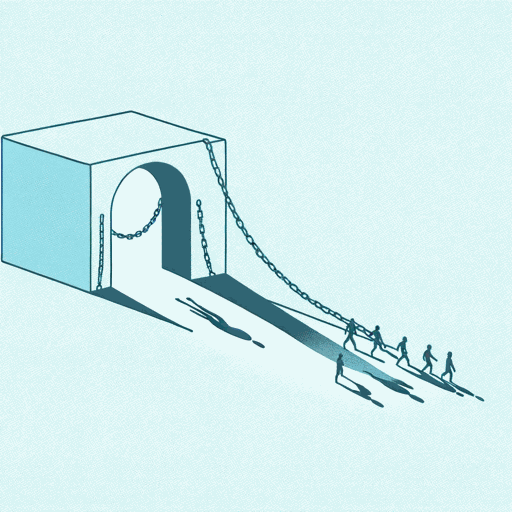
Allegory Of The Cave
Plato

Apology
Plato

Crito
Plato
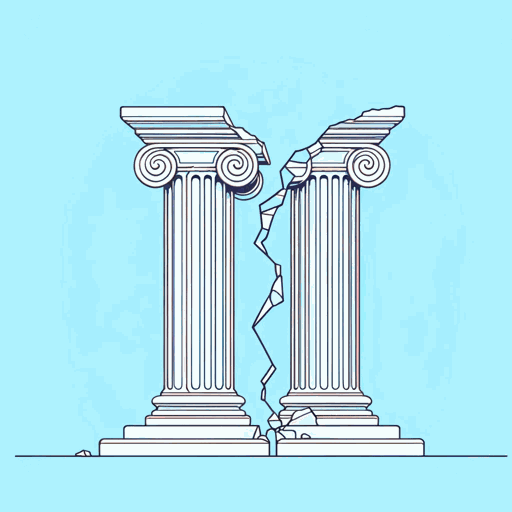
Euthyphro
Plato
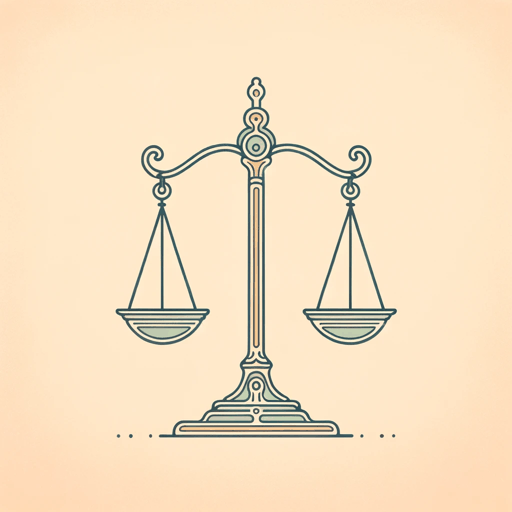
Gorgias
Plato

Ion
Plato

Meno
Plato
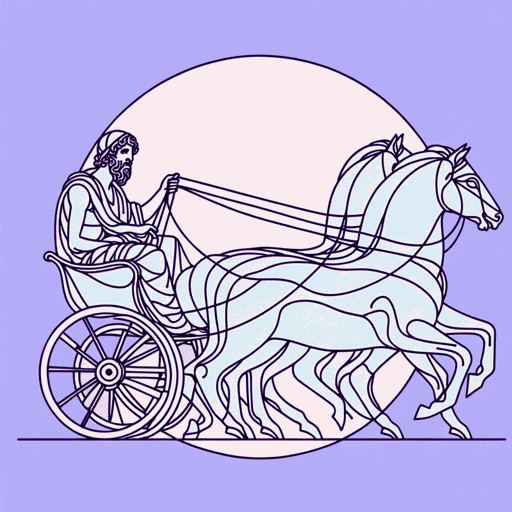
Phaedrus
Plato
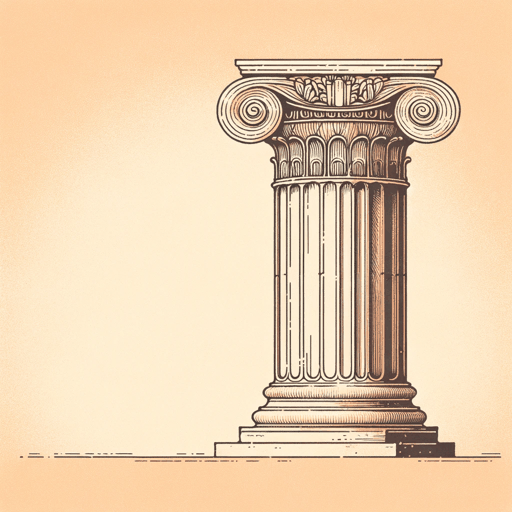
Protagoras
Plato

Symposium
Plato

Theaetetus
Plato

The Last Days of Socrates
Plato

The Republic
Plato

